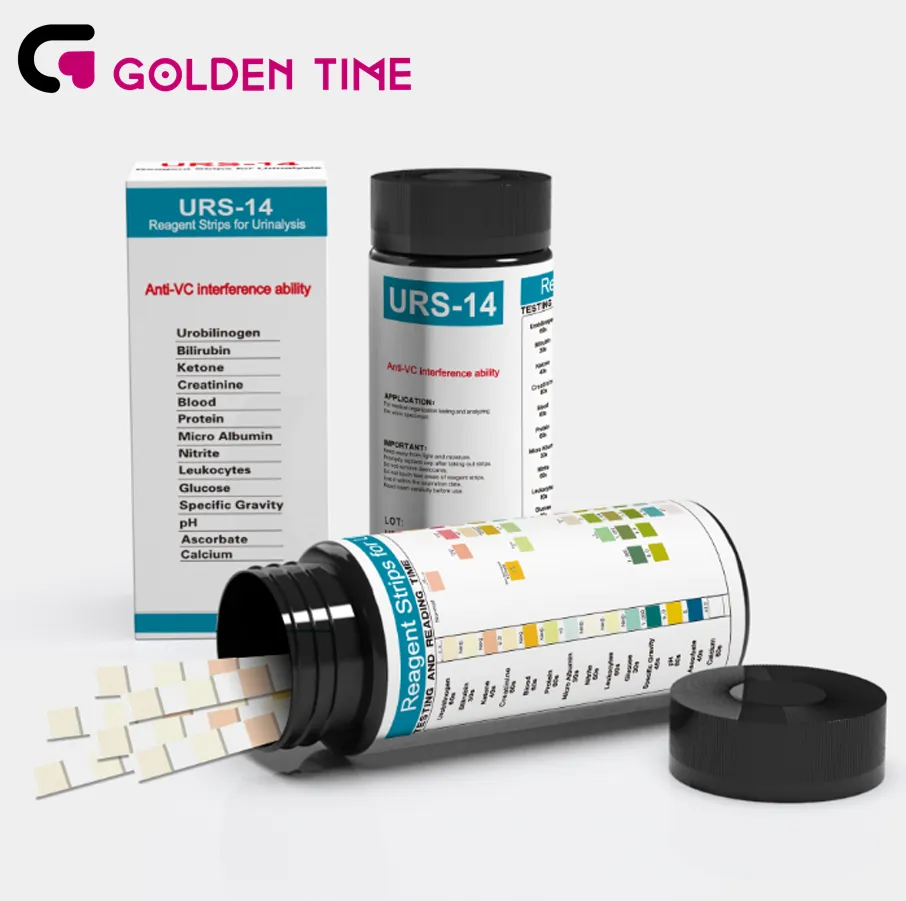Jul . 27, 2024 20:05 Back to list
Exploring the Impact of Test LH on Performance Metrics in Various Scenarios and Applications
The Significance of Test Lh in Clinical Diagnostics
In the realm of clinical diagnostics, hormone tests play a crucial role in assessing various bodily functions and diagnosing potential health issues. Among these tests, Luteinizing Hormone (LH) testing, commonly referred to as test LH, is significant in understanding reproductive health in both men and women. LH is a hormone produced by the pituitary gland and is pivotal for regulating the reproductive system.
Understanding LH
Luteinizing Hormone is part of the gonadotropins group along with Follicle-Stimulating Hormone (FSH). In females, a surge in LH levels leads to ovulation, signaling the ovaries to release an egg. For males, LH stimulates the production of testosterone from the testes, which is essential for sperm production and overall reproductive health. Therefore, assessing LH levels can provide vital insights into various reproductive issues.
Clinical Applications of Test LH
1. Infertility Evaluations LH testing is commonly employed in fertility assessments. In women, irregular or absent ovulation can be identified through LH testing, which aids in diagnosing polycystic ovary syndrome (PCOS) or other ovulatory disorders. In men, low LH levels may indicate issues with testicular function or pituitary gland abnormalities affecting testosterone production.
2. Menstrual Irregularities Women experiencing abnormal menstrual cycles may undergo LH testing to help determine the underlying causes. Elevated LH levels can indicate menopause or ovarian failure, while low levels may suggest hypopituitarism or other hormonal imbalances.
3. Guiding Assisted Reproductive Technology (ART) In procedures like in vitro fertilization (IVF), LH testing is crucial for timing and optimizing the induction of ovulation. Accurate measurement of LH helps fertility specialists determine the best time for egg retrieval and insemination.
test lh

4. Hormonal Treatments For individuals undergoing hormone replacement therapy (HRT), LH testing can be an important monitoring tool. Healthcare providers may adjust HRT dosages based on LH levels to achieve the desired hormonal balance.
The Testing Process
Typically, an LH test requires a blood sample drawn from the patient. The sample is then analyzed in a laboratory to measure the concentration of LH in the bloodstream. Depending on the situation, healthcare providers may instruct patients to take the test at specific times. For women, testing may be performed during specific days of the menstrual cycle to monitor changes in hormone levels.
Interpreting Results
Understanding LH test results necessitates expertise, as what constitutes a normal level can vary based on age, sex, and the phase of the menstrual cycle. For instance, women in their reproductive years may naturally exhibit fluctuating LH levels, whereas postmenopausal women typically show elevated levels due to decreased ovarian feedback.
Conclusion
In summary, the test for Luteinizing Hormone is a vital diagnostic tool that aids in understanding and managing reproductive health issues. Its applications extend from infertility evaluations to guiding fertility treatments and HRT management. As research and clinical practices continue to evolve, the significance of LH testing will likely augment, providing deeper insights into hormonal health and enhancing patient care. Understanding LH and its implications can empower individuals to seek timely and appropriate medical advice, ultimately leading to better health outcomes.
-
Dengue NS1 Rapid Diagnostic Test Kit
NewsMar.07,2025
-
Dengue NS1 Rapid Diagnostic Test Kit
NewsMar.07,2025
-
Dengue NS1 Rapid Diagnostic Test Kit
NewsMar.07,2025
-
Transferrin Rapid Test Cassette Tumor Marker TF Card
NewsMar.07,2025
-
Malaria Pf Pan Rapid Diagnostic Test Kit
NewsMar.07,2025
-
malaria pf / pan ag rapid test
NewsMar.07,2025

